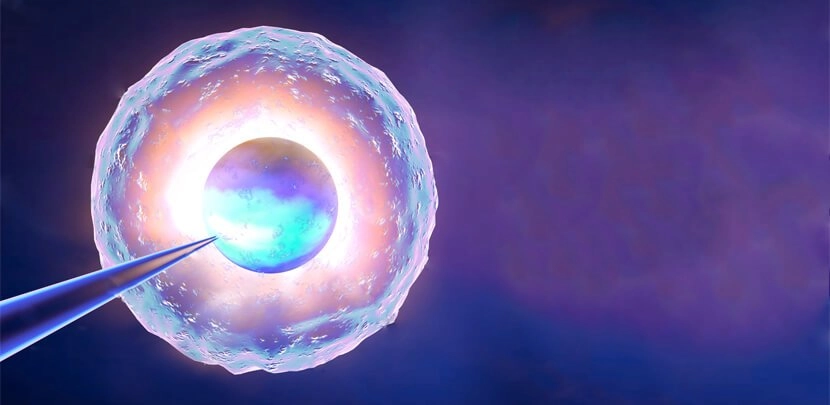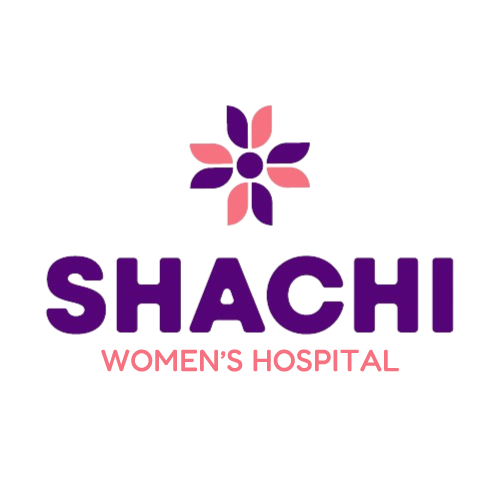
Laser-Assisted Hatching Treatment in Ahmedabad
Imagine the joy of finally holding your child in your arms, a dream that seemed out of reach. For many couples struggling with infertility, laser-assisted hatching during IVF can be that glimmer of hope. This innovative treatment helps embryos implant more easily, making the path to parenthood a little brighter. At Shachi Women's Hospital, we understand the emotional journey of infertility. That's why we offer this advanced technology alongside our commitment to compassionate, personalised care. Our IVF Hospital in Ahmedabad team is here to support you every step of your parenthood journey because building your family is our priority too.
What is Laser-Assisted Hatching?
Laser-assisted hatching improves the chances of embryo implantation during in vitro fertilisation (IVF) or intracytoplasmic sperm injection (ICSI) cycles. It involves the precise application of a laser to create a small opening in the outer shell (zona pellucida) of the embryo. This gentle and precise technique helps to facilitate the embryo's natural hatching process, allowing it to implant into the uterine lining more easily.
Laser-Assisted Hatching Procedure
Laser-assisted hatching (LAH) is a technique used in in vitro fertilisation (IVF) to help embryos implant more successfully. Here's what the Laser-assisted Hatching Procedure involves :
By entrusting your fertility journey to Shachi Women's Hospital, you benefit from a comprehensive approach to IVF Laser-Assisted Hatching that prioritises safety, precision, and exceptional outcomes.
Laser-Assisted Hatching Treatment Cost in Ahmedabad
The cost of Laser-Assisted Hatching Treatment in Ahmedabad may vary depending on individual patient requirements and the facility where the procedure is performed. On average, patients can expect the cost of Laser-Assisted Hatching in IVF to range from INR 10,000/- to INR 20,000/-
At Shachi Women's Hospital, we understand the importance of transparent pricing and accessibility in fertility treatments. We believe in empowering individuals and couples on their journey towards parenthood, and our commitment to excellence extends to providing affordable options without compromising on quality or care. Contact us today to learn more about Laser-Assisted Hatching Treatment in Ahmedabad and how we can assist you in realising your dream of starting a family. At Shachi Women's Hospital, we are here to support you every step.
Who Can Benefit from Laser-Assisted Hatching?
Laser-Assisted Hatching may be recommended for individuals or couples undergoing IVF or ICSI treatment who may benefit from enhanced embryo implantation. This includes :
Benefits of Laser-Assisted Hatching (LAH)
Laser-assisted hatching offers several potential benefits for patients undergoing assisted reproductive techniques, including :
Laser-Assisted Hatching Success Rate
Studies consistently demonstrate the effectiveness of Laser-Assisted Hatching (LAH) in improving pregnancy outcomes. Research findings indicate that the pregnancy success rates following in vitro fertilisation (IVF) with assisted hatching can reach up to 38%, with implantation rates as high as 50%. These statistics underscore the significant impact of assisted hatchings in increasing the likelihood of successful conception and pregnancy. By facilitating the embryo's ability to implant into the uterine lining, LAH plays a crucial role in enhancing pregnancy rates, offering renewed hope to individuals and couples undergoing assisted reproductive treatments.
Why Choose Shachi Women's Hospital for Laser-Assisted Hatchings?
Shachi Women's Hospital stands at the forefront of fertility care, offering comprehensive services and state-of-the-art treatments such as Laser-Assisted Hatching in IVF. Our dedicated team of fertility specialists combines expertise with compassion to provide personalised care and support throughout every step of the journey towards parenthood. With a legacy of success stories and positive outcomes, we are committed to helping individuals and couples achieve their dream of starting a family.
Contact us today to make your dreams of being parents from the finest Laser-assisted Hatching Center in Ahmedabad and learn more about Laser-Assisted Hatching Treatment in Ahmedabad and how we can help you on your path to parenthood. At Shachi Women's Hospital, your journey towards a brighter future begins here.

